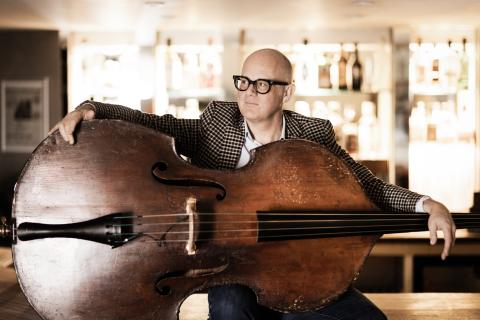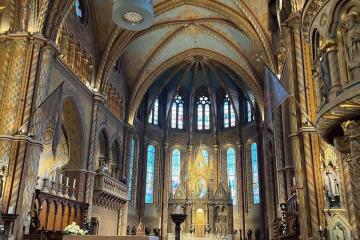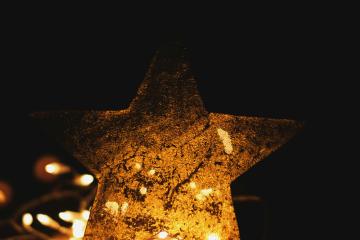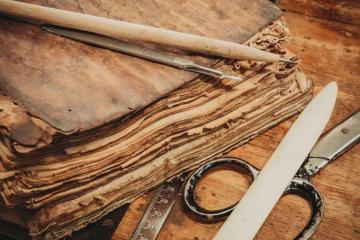More than twenty members of our Arts Society flew out in October 2025 for a short but fascinating trip discovering th
The Age of Jazz
The Age of Jazz
15 Jul 2025
The heat outside was turning up on this July day but inside the dimmed lighting and coolness of the auditorium at the Brighton Road Baptist Church, members of the Horsham Arts Society were chilling to the welcoming double bass played by our July lecturer Sandy Burnett.
On this fascinating, immersive journey exploring the Age of Jazz, we start in 19th century New Orleans in Congo Square - where enslaved workers would gather on a Sunday to sing and make music that reminded them of their homeland in West Africa. The legacy of the Civil War and the French colonial influence gave rise to the mournful Mississippi Blues, played on trumpets and trombones left behind by the Confederate marching bands. The blending of these traditions became Ragtime and popularised by bands such as “The Original Dixieland Jass Band”, “Ragtime King” Scott Joplin and Blues diva Ma Rainey who made over 100 recordings. However, it was in Chicago that Jazz came of age, making its migration from New Orleans in the era of prohibition and employment opportunities. We hear of famous names such as Louis Armstrong and Joe “King” Oliver who came to perform. The swinging 1920s scene was also happening in Harlem, New York with the Harlem rent parties and night clubs - the most famous being the Cotton Club whose house band was led by Duke Ellington. Jazz became accessible, popularising the black culture and enjoyed by everyone. During this time, Jazz also crossed the Atlantic and made its fame in Europe, bringing glamour to the night club scene of Paris and London.
The Great Depression in the 1930s spelled the collapse of the recording industry but gave birth to the big band sounds and provided instant escapism for all through the airwaves of the now popular radio. The great swing band leaders were Benny Goodman and Glenn Miller whose name will forever be linked to his nostalgic “Moonlight Serenade” and the Second World War.
From the go, jazz was about improvisation, creativity and composing on the spot! The blending of sounds and the introduction of different musical instruments over time, such as trombone, trumpet, clarinet, piano, bass drums, double bass etc, all represent musical freedom that evolved from its not so salubrious beginning to a new art form. Through Sandy’s skilfully guided appreciation lesson and live demonstrations, we learnt about the techniques used by the jazz musicians - scats, brass wa-was and how Ragtime music was spiced up. We even had our very own “Horsham Baptist Blues” created live by Sandy to send us on our way! We leave the jazz party with Ma Rainey’s “Jealous Hearted Blues” and “It Don’t Mean a Thing” by Duke Ellington still ringing in our ears! What a party that “wa-was”! Suddenly the July sun outside was much too bright after the Cotton Club!
JOIN OUR MAILING LIST
Become an instant expert!
Find out more about the arts by becoming a Supporter of The Arts Society.
For just £20 a year you will receive invitations to exclusive member events and courses, special offers and concessions, our regular newsletter and our beautiful arts magazine, full of news, views, events and artist profiles.
FIND YOUR NEAREST SOCIETY
MORE FEATURES
Year in Review: A Remarkable Year for The Arts Society Mallorca
Our Heritage Volunteers are working as part of a team working on the rewarding book restoration proj






